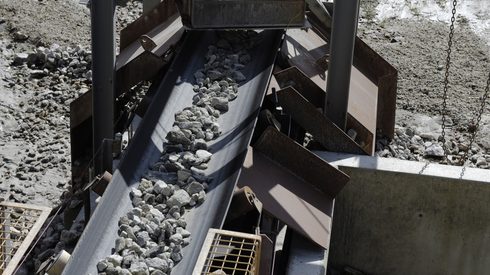The country imported 1.17 billion tonnes of the iron ore last year, an increase of 9.4% compared with 2019.
European Union countries collectively accounted for the largest decrease among major iron ore importers, with purchases tumbling 20.8% year on year to 105.19 million tonnes.
Japan also imported 16.8% less iron ore in 2020, as did South Korea, which reported a 5.7% drop.
Click to enlarge
Join our industry experts for an exciting forward look into Asia’s evolving steel market at the Singapore Steel Forum on July 14. Register today at https://events.fastmarkets.com/singapore-steel-forum





